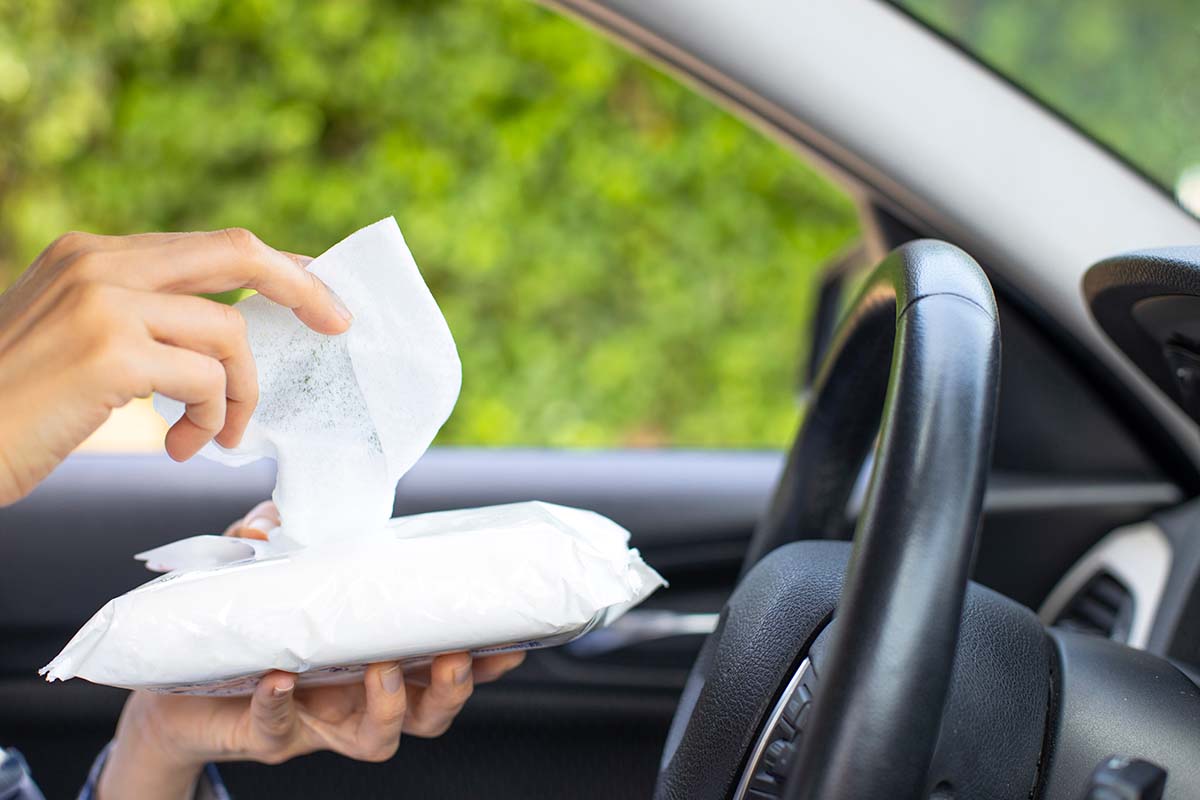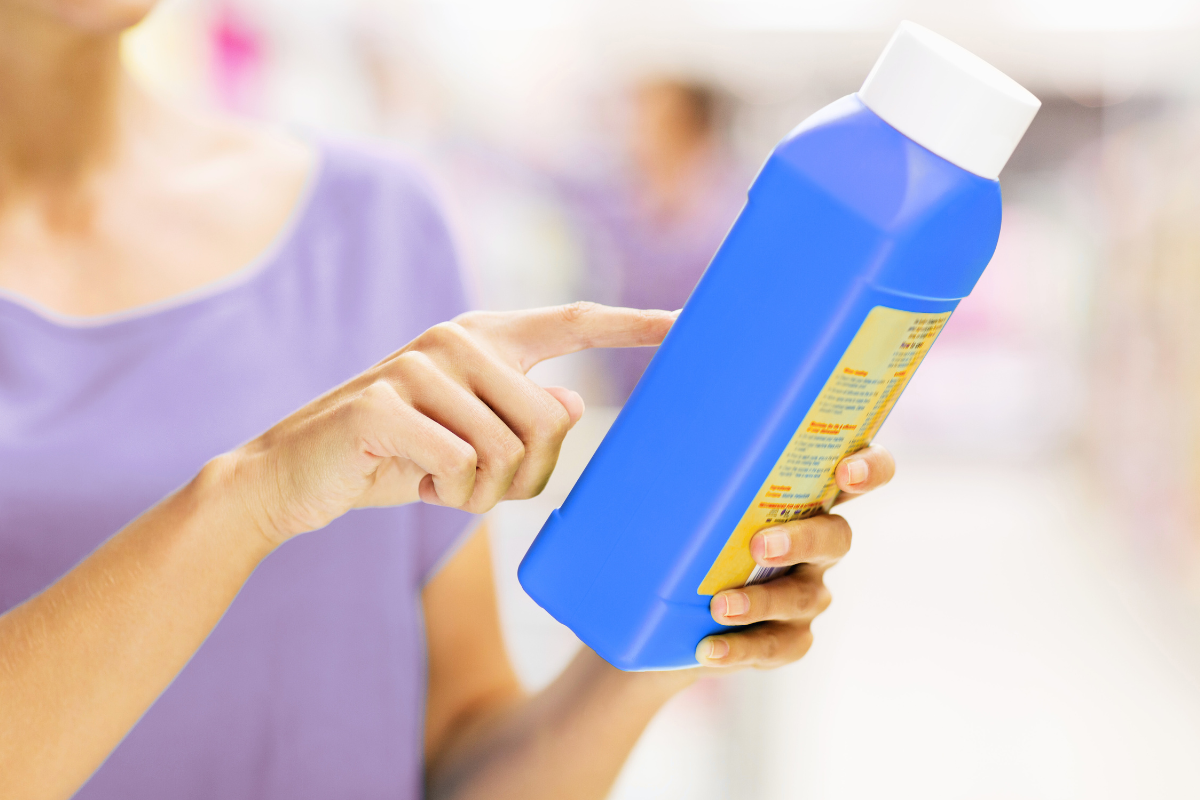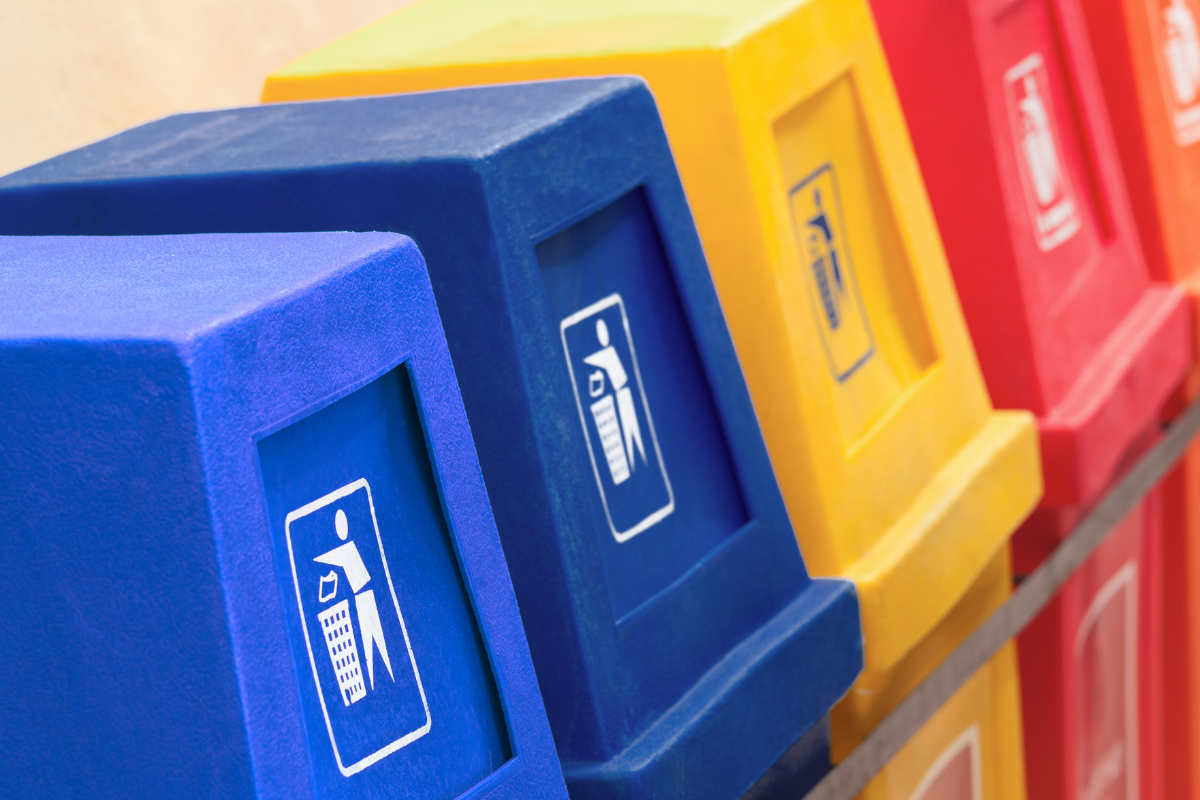Webinar series
How packaging design improves user experience
Chapter 3 October 8, 2024
Transcript:
Hi, welcome to the third chapter in Flexcon's webinar series on sustainable packaging.
We’re talking with sustainability expert Dan Riendeau on the role packaging plays in shaping environmentally friendly practices. He is a member of TLMI’s Sustainability Committee, the APR Communications and Public Affairs Committee, and a keynote speaker for Sustainable Solutions in the packaging industry.
Let’s take a look.
Hi Dan!
Hi Marguerite, how are you?
I’m good. So, in episode two you said brands need to think about packaging design when talking about sustainability. Can you tell me what that means?
Yeah, absolutely. Design can play a huge influence in recyclability and sustainability. There are significant advantages to ensuring that packaging meets sustainability requirements, both from a brand perspective and a consumer perspective. In fact, we highlighted nine attributes that contribute to sustainability in our report.
So if sustainable packaging drives consumer product selection, what can be done to move away from fossil-based materials?
The big focus here is sourcing—looking at products that are compostable, biodegradable, or bio-based. The key with these types of materials is understanding the end of life for your package.
For example, you wouldn’t want to put a compostable label on a PET container. The label would compost long before the package does, and it could contaminate composting facilities. So it’s about choosing the right materials that reduce reliance on fossil fuels while still meeting end-of-life requirements.
What are ways brands can enhance the environmental and economic efficiency of packaging?
That’s a great question. It really comes down to functionality and creating less waste. For instance, using thinner label materials—downgauging—helps reduce packaging waste.
Another factor is freshness. Consumers want products to last longer, so packaging has to maintain product integrity. Protection is also critical—the package must keep the product safe, while also providing an appealing look. Less packaging waste, better freshness, and product protection are all ways brands can enhance efficiency.
One topic this report covers is taking a product’s end-of-life outcome into account—the final stage of a product’s life cycle. In a circular economy, once the user is finished with the product, it goes back into the supply chain instead of the landfill. So how do we improve circularity at a product’s end of life?
End of life is one of the most important aspects of sustainability. Understanding where packaging will end up after use is key to maintaining circularity across the value chain. Packaging materials must be designed to be recovered for recycling.
For example, using wash-off adhesives on PET containers ensures that labels don’t interfere with reclaiming PET for reuse. Labels that hinder recycling reduce the amount of PET available for post-consumer resin. Ensuring recyclability, combined with using recycled content, drives a true circular economy.
Convenience of recycling is also important. Packaging should be designed for easy processing, separation, and minimal contamination. Take reseal packaging as an example—when rigid plastic lids are used on resealable wipes packages, they complicate recycling. Switching to reseal closures allows for more of that material to be reused as post-consumer film.
So, sourcing, functionality, and end-of-life all play critical roles in building a holistic sustainability strategy.
Okay, so it’s clear—sustainability is no longer a choice, it’s a necessity in the consumer packaging sector. But there are definitive ways the industry can adopt sustainable solutions.
In our next chapter, Dan and I will outline four steps to build resilience and achieve sustainability that is both practical and impactful.
Thanks Dan, and see you next time.
Take care.

Dan Riendeau

Marguerite McGrail


